
Jerusalem, Mar 26, 2024 / 17:00 pm (CNA).
As the Catholic Church in the Holy Land entered Holy Week by literally retracing the steps of Jesus’ passion in Jerusalem, the Orthodox churches took their first steps into Lent.
The Eastern churches follow the Julian calendar, which means Easter Sunday 2024 falls on May 5. Next year, however, the Catholic and Orthodox Easter will fall on the same day.
Unlike the Catholic Church, which marks the beginning of Lent with a strong call to penance symbolized by Ash Wednesday, Orthodox churches do not have specific celebrations that open this penitential period.
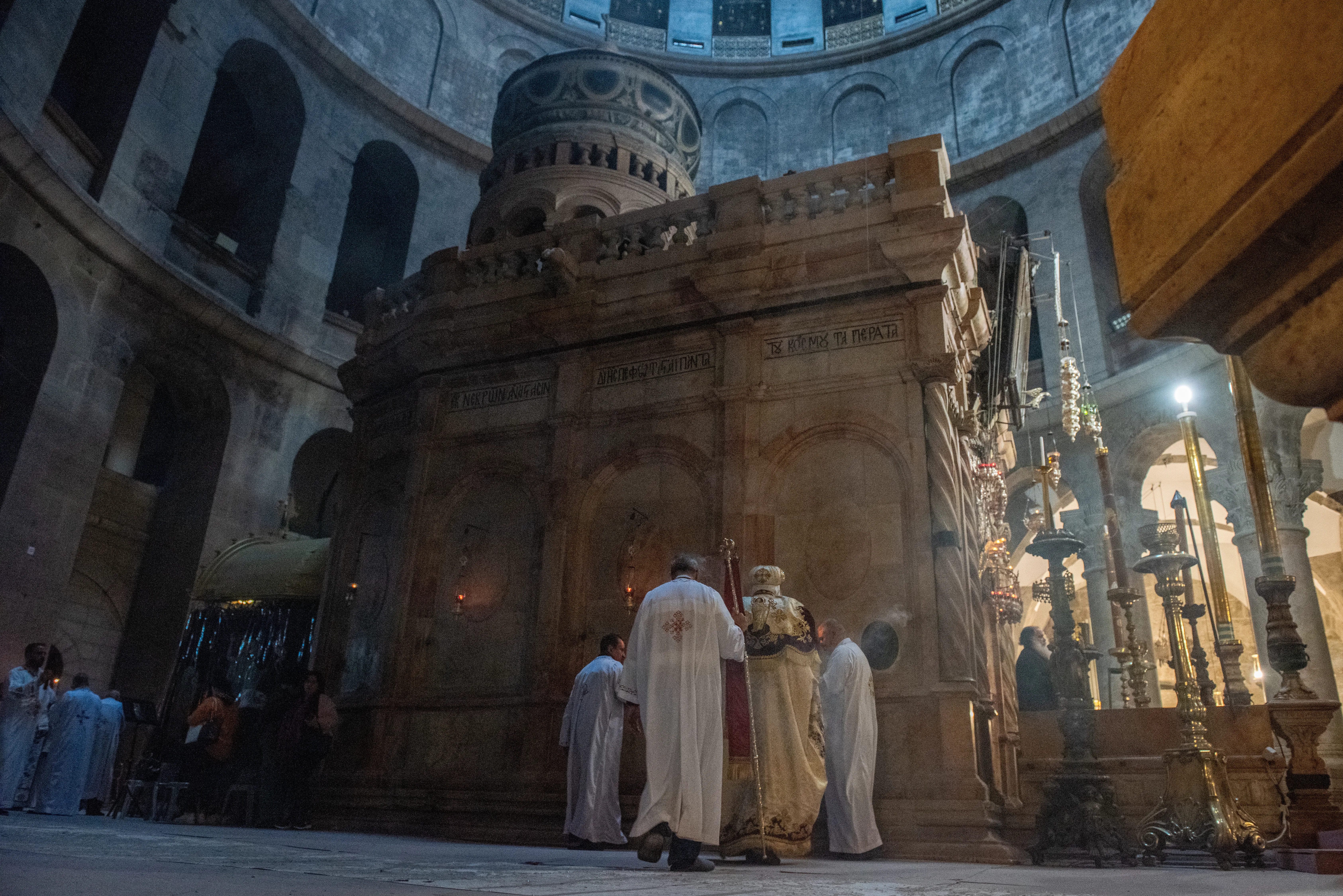
The most distinctive celebration is that of the Armenians, which celebrated its “Yeregoyan” service (the vespers, literally “hour of the evening”), on Saturday, March 16, in the Armenian Cathedral of St. James in Jerusalem. All the altars and some icons were covered with purple drapes, the color of Lent. The Catholic Church used to observe this tradition as well, but now it is often limited to the paschal triduum.
The Armenian period of Great Lent is similar to the other Christian churches.
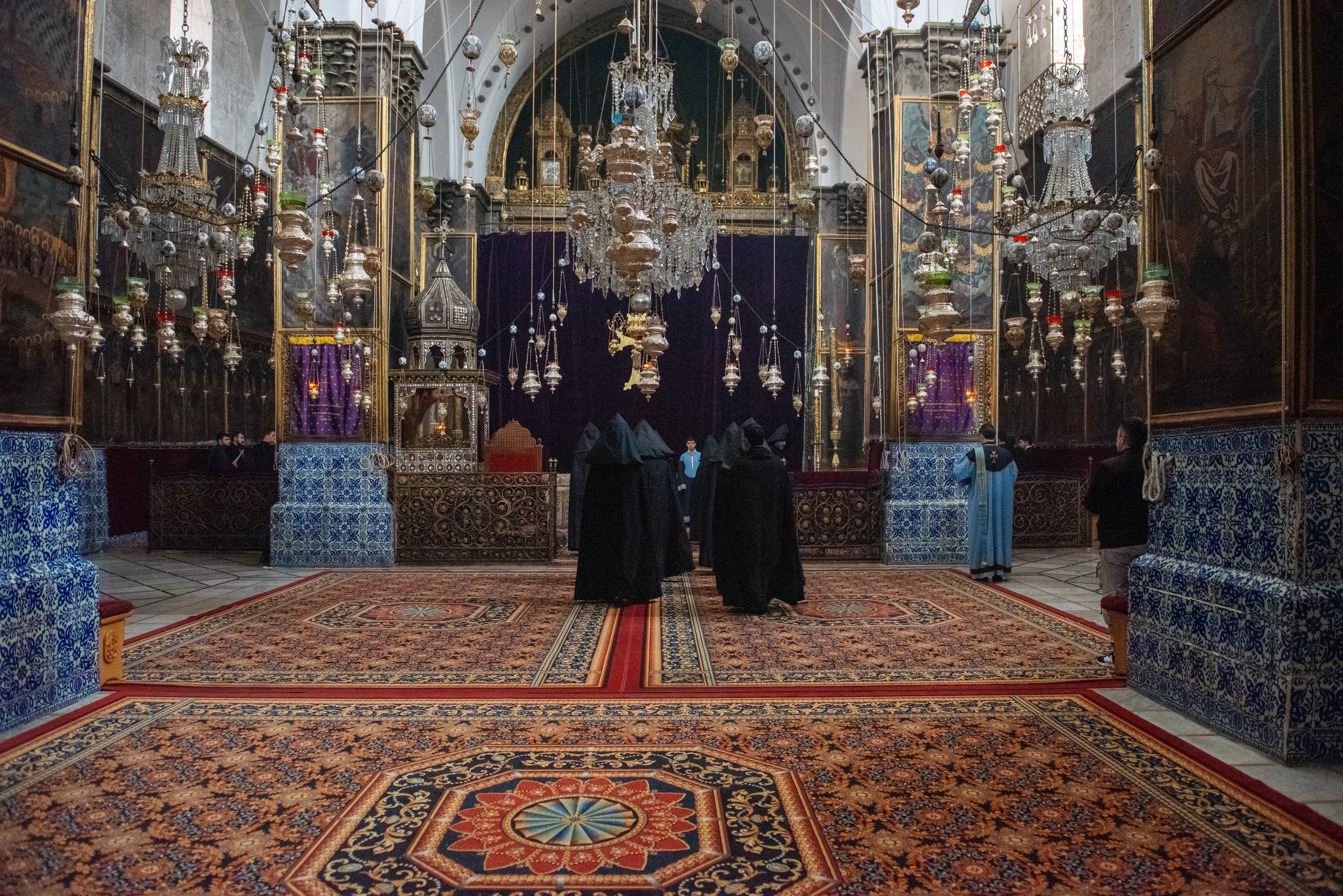
“During the Great Lent, we observe 40 days of fasting, meaning that meat and dairy are forbidden, according to ancient Church tradition,” the chancellor of the Armenian patriarchate, Father Aghan Gogchyan, told CNA. “The most extreme period of fasting is held the week before Easter Sunday, where many monks, according to historical tradition, live on only bread, salt, and water, eating once per day.” During the 40 days of Lent, it is not even permitted to receive the Eucharist.
“For us,” Gogchyan highlighted, “it is a period where we reflect with, rather than on, the period of fasting held by Our Lord Jesus Christ in the desert. All of Christ’s encounters, according to the Gospels, are remembered and reflected on during the Lenten liturgies. It is a period of self-cleansing, where we prepare ourselves for the unworthy gift of Christ’s resurrection and the subsequent hope of eternal life that comes with it.”

If the entire Christian tradition emphasizes the aspect of purification, the Orthodox churches particularly emphasize fasting as the primary tool of purification. Almost all Wednesdays and Fridays throughout the year are dedicated to fasting.
In the Coptic Orthodox Church, for example, they observe more than 200 fasting days per year. It is also the only church where Lent lasts for 55 days (it began on Monday, March 11, and includes the Holy Week).
Father Antonious Al Orshalemy, the Coptic archimandrite (archbishop) of Jerusalem, explained to CNA: “During Lent we observe total fasting from midnight to 3 p.m. We cannot eat meat and animal products; fish is only allowed on certain days. The aim is to return to the state of humanity before the original sin, when they only ate fruits from the Garden. The ability to control food intake helps in managing passions and becoming more spiritual individuals,” he said. Fasting is interrupted only on Saturdays and Sundays, the memorial of the Resurrection.
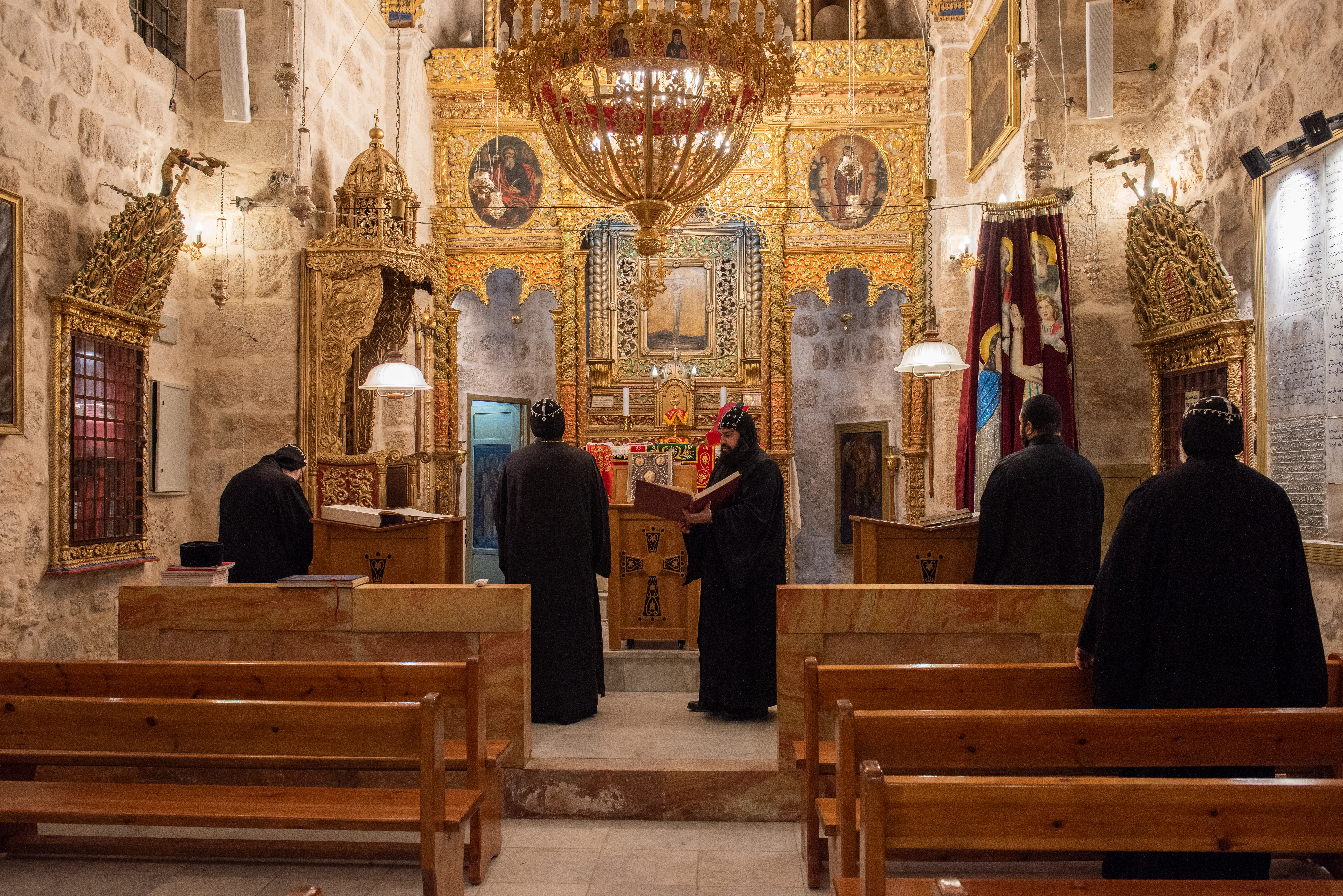
On Sunday, March 17, the eve of Lent, the Syriac Orthodox Church celebrated a special rite dedicated to forgiveness (a similar ceremony takes place in the Greek Orthodox tradition on the same day, called “Forgiveness Sunday”).
“During the evening prayer, there is a moment when those present exchange forgiveness with each other. It is a moment of purification before starting Lent,” Dayroyo (Father) Boulus Khano, a monk and priest of the Syriac Orthodox Monastery of St. Mark in Jerusalem, explained to CNA. Syriac Orthodox believers observe total fasting from midnight to noon and follow a mostly vegan diet (although fish is allowed).
In all Christian traditions, Lent follows a specific prayer itinerary, emphasizing certain episodes or figures from the Gospels and intensively praying the Psalms. In the Syriac Catholic tradition, Lent is particularly guided by the words of the prophets and those of the Church Fathers. Every day at noon — the moment when the absolute fast is broken — a special prayer is held in the church during which the participants bow down 40 times.
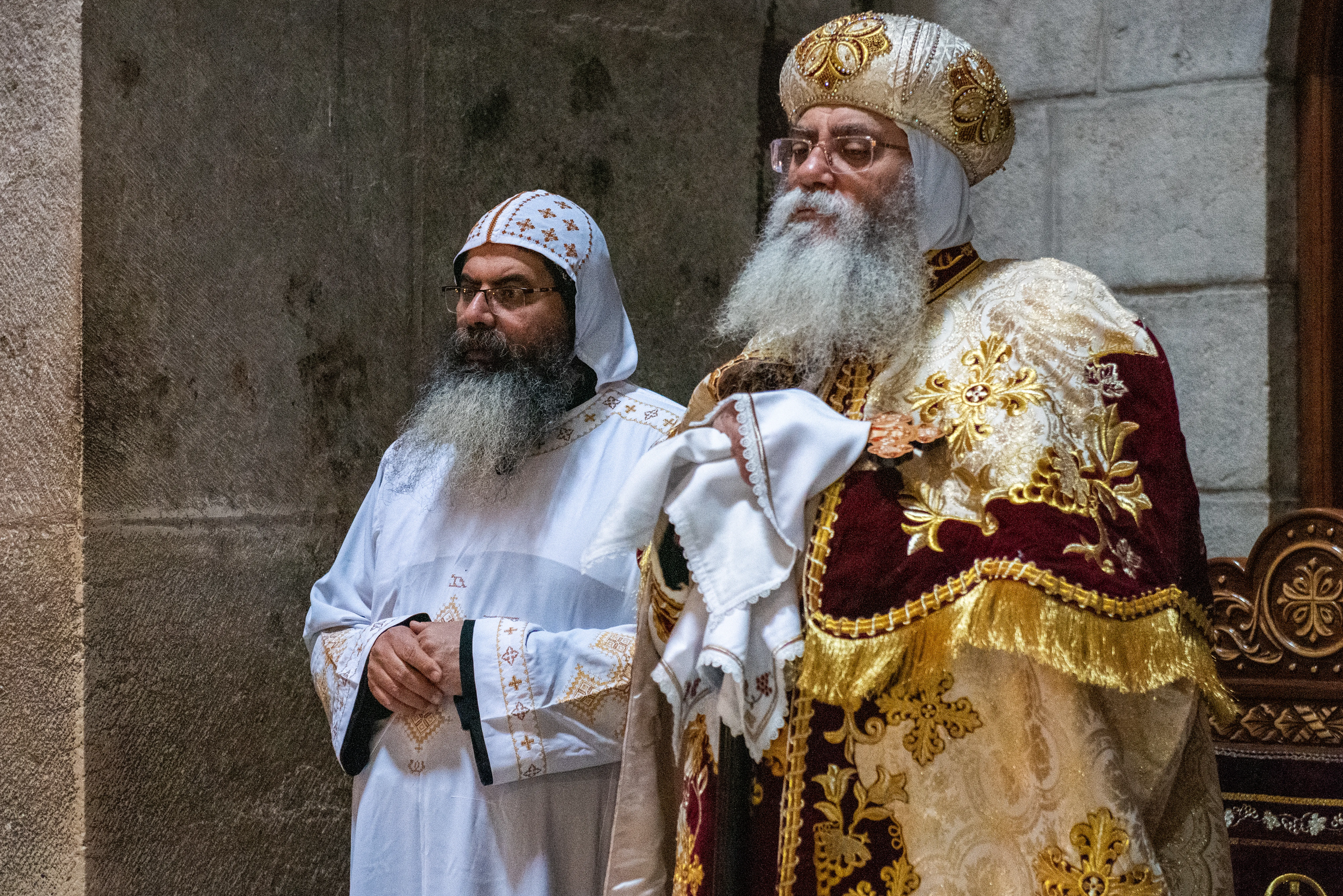
On Sunday, March 24, in Jerusalem, the Latin Church celebrated Palm Sunday at the Holy Sepulcher. This year, after the palm procession, the Eucharistic celebration took place at a side altar dedicated to Mary Magdalene instead of in front of the edicule containing Christ’s tomb. This was done to make room for the celebration of the first Sunday of Lent in the Orthodox churches, creating a mosaic of chants, languages, fragrances, and liturgies.
The Greek Orthodox, in particular, celebrated the “Sunday (of the triumph) of Orthodoxy.” The theme of the day is victory of the true faith and, in particular, the victory over iconoclasm by the decision of the Seventh Ecumenical Council. The service commemorates the restoration of icons for use in services and private devotional life of Christians.
Also for the Greek Orthodox tradition, observance of Great Lent is characterized by abstaining from many foods — especially meat and dairy products, fish, wine, and oil, intensified private and public prayer, and almsgiving. Strict fasting is forbidden on Saturday and Sunday. Fasting is closely linked to prayer, so much so that the fathers of the Orthodox church have referred to fasting without prayer as “the fast of the demons” since they do not eat, but neither do they pray.
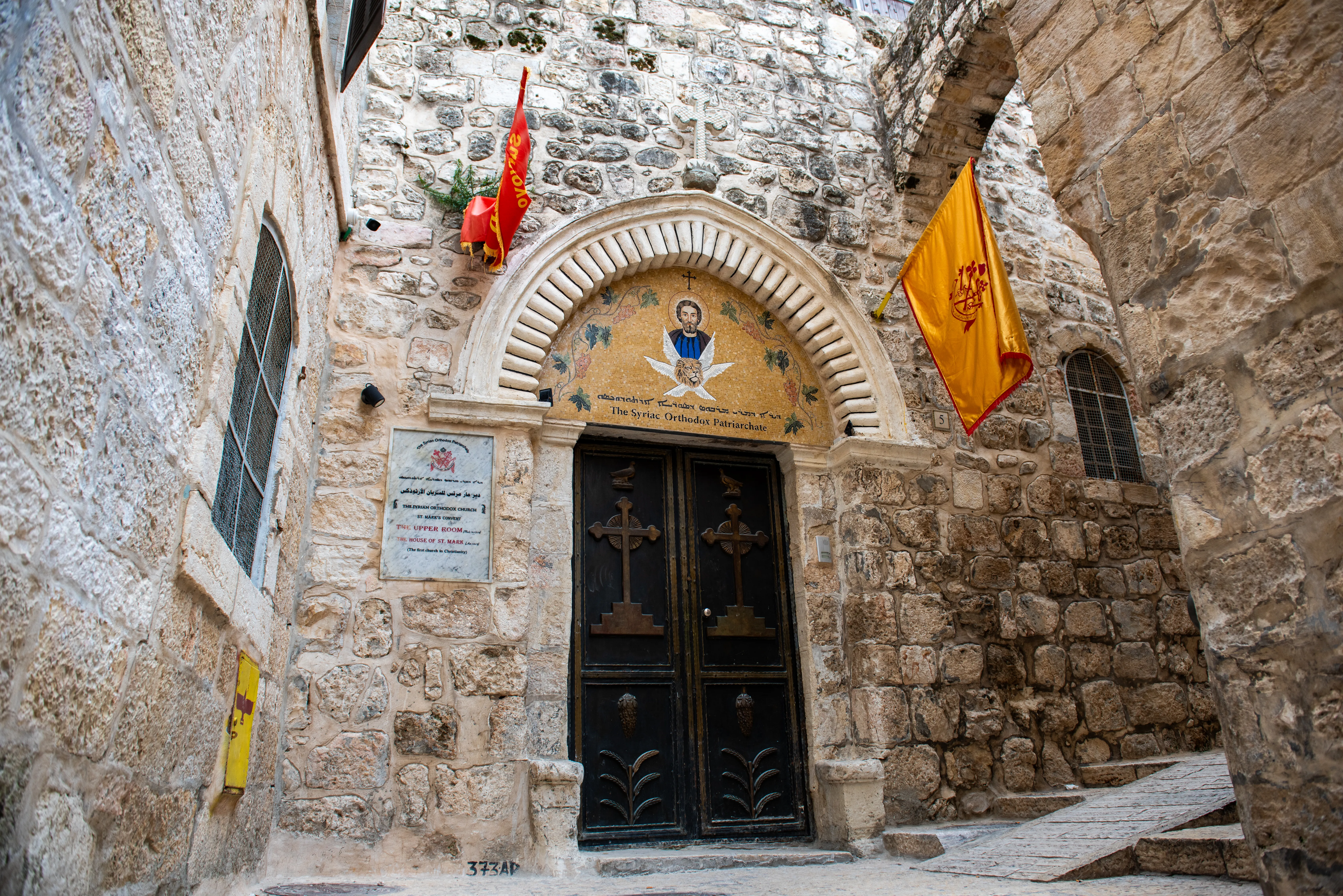
The Great Lent and the Holy Week culminate in the ceremony of the Holy Light (also known as the Holy Fire), which is celebrated in the Holy Sepulcher in Jerusalem. The Holy Fire is a ceremony usually attended by all Christians in Jerusalem, regardless of denomination, and is one of the most characteristic and famous events in the Holy City.
According to the Greek Orthodox tradition, the Holy Fire is a miracle that occurs every year, the day preceding Pascha, dating back to the fourth century. Every year, at noon, the patriarch of Jerusalem stands alone and in the darkness inside the tomb of Christ, reciting a specific prayer, until the Holy Fire descends and spontaneously lights a lamp of olive oil held by the patriarch. Before entering, he is inspected by Israeli authorities to prove that he does not carry the technical means to light the fire.
In a moment the light spreads throughout the basilica, with the faithful passing the fire over their faces because they say the Holy Fire does not burn hair or faces in the first 33 minutes after it is ignited.
If you value the news and views Catholic World Report provides, please consider donating to support our efforts. Your contribution will help us continue to make CWR available to all readers worldwide for free, without a subscription. Thank you for your generosity!
Click here for more information on donating to CWR. Click here to sign up for our newsletter.





Leave a Reply